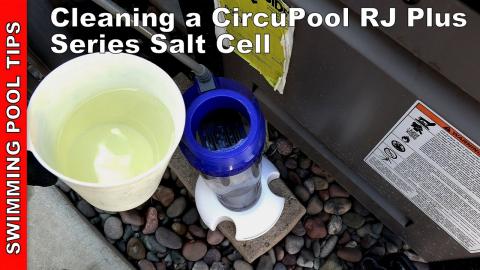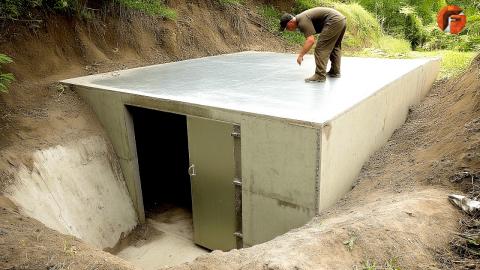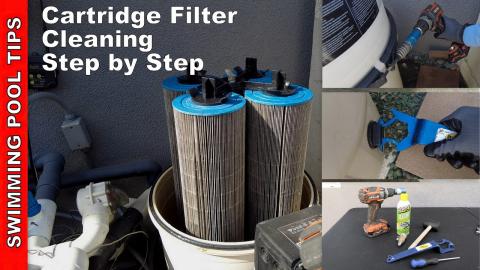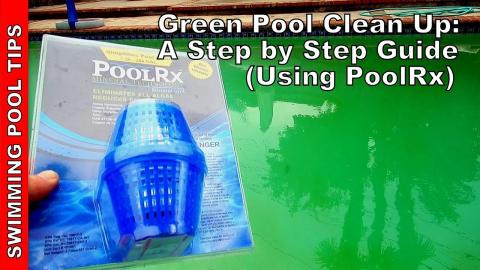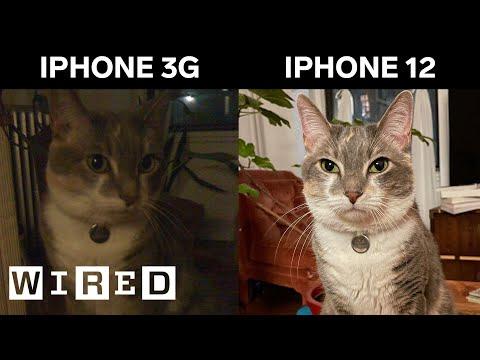Using PHOSfree to Lower your Pool's Phosphate Levels Step by Step Guide
Description
Treating high phosphate levels in your pool is easy with Natural Chemistry PHOSfree and anyone can follow these simple steps. It is important to follow the steps for the best results. Below is the step by step process of using PHOSfree in your pool.
Directions for use of PHOSfree:
This product is designed for use in properly balanced pool water.
1. Clean or backwash filter.
2. Determine the appropriate dose. * See chart below.
3. Shake bottle well prior to application. With circulation pump running, add a dose to the skimmer.
4. Run filter for 48 hours continuously without backwashing or cleaning.
5. After 48 hours of filtering, clean/backwash filter. Retest phosphate levels, and if necessary, repeat steps 1-5.
Note: If DE filter pressure rises to 10psi above start-up pressure, turn the pump off for 1 minute and then turn it back on. If the pressure remains high,
backwash or rinse for 30 seconds.
Dosage Chart:
Dose per 10,000 gallons (38,000L)
Phosphate Level PHOSfree Dosage
300ppb or less 0.5L or 16oz
600ppb 1L or 32oz
900ppb 1.5L or 48oz
1200ppb 2L or 67.6oz
For DE & Cartridge Filters: Do not add more than 1.5L (48oz) at a time. If more than 1.5L (48oz) is needed to treat, be sure to clean or backwash
the filter between treatments.
Important: Algae must be treated prior to testing and lowering phosphates. Chlorine must be under 5ppm before testing phosphates.
Make sure you adjust the dosage based on your pool size. Adjust the dosage up if you have a larger pool than the 10,000-gallon base chart and adjust the dosage down if your pool is less than 10,000 gallons.
Keep in mind phosphates are measured in ppb – parts per billion instead of the standard ppm – parts per million used in the industry. To give you an idea of how small a ppb is, imagine a roll of toilet paper stretched from New York across the Atlantic Ocean to London. 1 ppm would be one tiny sheet of the entire roll that is stretched across the ocean! So a phosphate level of 100 ppb is extremely minuscule but any amount of phosphates in the water is food for the algae. We are dealing with the microscopic world in your pool and strangely these very small amounts can destroy the pool’s chlorine level and cause algae to bloom on the pool surface.
There are of course factors that contribute to algae in your pool. The main factors that I see are poor filtration, not running your pump long enough, flow issues due to air leaks in the system and improper chemistry – low chlorine levels each week. After addressing these issues, you can still get algae in certain areas of your pool and attached spa. That is where a phosphate remover like PHOSEfree can come in handy.
Visit my Website: http://www.swimmingpoollearning.com/
eBook: https://www.swimmingpoollearning.com/swimming-pool-care-ebook
YouTube Video Index: http://poolmandave.blogspot.com/2014/03/swimming-pool-tips-reviews-how-to-video.html – A list of all of my videos.
Blogger: http://poolmandave.blogspot.com/
Facebook: https://www.facebook.com/swimmingpoollearning/
Twitter: https://twitter.com/Mrdgvb1
Join me on Patreon: https://www.patreon.com/poolguycoaching
Podcast: http://www.buzzsprout.com/110832
Podcast Website: https://www.thepoolguypodcastshow.com/
Coaching Site: https://poolguycoaching.com/
Shop at Leslie's: Leslie’s Pool Supplies has been do-it-yourselfers and pool trade professionals trusted partner since 1963, providing quality products and services to make pool care easy and solutions and expertise to do it right. http://lesliespool.com/?utm_medium=referral&utm_source=spll&utm_campaign=spll



